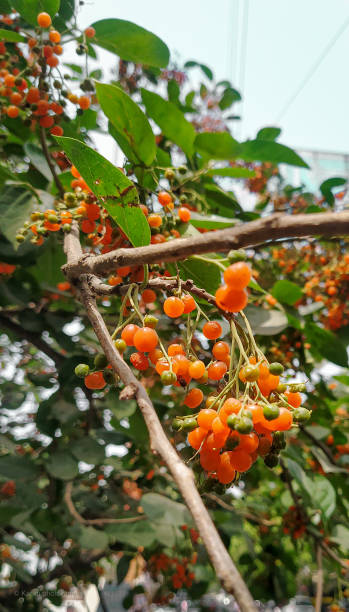Australia boasts a rich variety of seasonal fruits that delight taste buds across the country. From the tropical fruits of the north to the temperate fruits of the south, the land down under offers an abundance of fresh, flavorful produce throughout the year.
Introduction to Seasonal Fruits in Australia
In Australia, the concept of seasonal eating revolves around the availability of fruits during specific times of the year. Seasonal fruits are those that ripen naturally during certain seasons, offering optimal freshness and flavor.
Benefits of Eating Seasonal Fruits
Eating seasonal fruits not only supports local farmers but also ensures that you consume produce at its nutritional peak. These fruits are often richer in essential vitamins, minerals, and antioxidants compared to their off-season counterparts.
Popular Seasonal Fruits in Australia
Summer Fruits
Summer in Australia brings forth a cornucopia of refreshing fruits such as mangoes, watermelons, pineapples, and stone fruits like peaches, plums, and nectarines. These juicy delights are perfect for combating the heat and keeping hydrated.
Autumn Fruits
As the weather cools down, autumn heralds the arrival of apples, pears, figs, and grapes. These fruits are not only delicious eaten fresh but also lend themselves well to baking and cooking, adding depth to a variety of dishes.
Winter Fruits
Winter in Australia sees the emergence of citrus fruits like oranges, mandarins, and lemons. These vitamin C-rich fruits help bolster the immune system during the colder months while offering a burst of zesty flavor.
Spring Fruits
Spring brings an array of vibrant fruits such as strawberries, kiwifruits, and early-season stone fruits. These fruits signal the end of winter and the beginning of warmer weather, offering a tantalizing preview of the bountiful harvest to come.
Availability and Harvest Periods
Each fruit has its unique harvest period, with some overlapping seasons. Understanding the availability of seasonal fruits can help consumers make informed choices and plan their meals accordingly.
Nutritional Value of Seasonal Fruits
Seasonal fruits are packed with essential nutrients that promote overall health and well-being. From vitamins and minerals to dietary fiber and antioxidants, these fruits contribute to a balanced diet and support various bodily functions.
Buying Tips for Seasonal Fruits
When purchasing seasonal fruits, opt for those that are firm, fragrant, and free from blemishes. Buying directly from local farmers’ markets ensures freshness and supports the local economy.
Supporting Local Farmers
Choosing seasonal fruits grown by local farmers helps sustain local agriculture and reduces the carbon footprint associated with food transportation. By supporting local growers, consumers play a crucial role in preserving agricultural diversity and promoting sustainable practices.
Recipes and Culinary Uses
Seasonal fruits inspire a myriad of culinary creations, from refreshing salads and smoothies to decadent desserts and savory sauces. Experimenting with seasonal produce can elevate any dish and awaken the senses to new flavors and textures.
Environmental Impact of Seasonal Fruit Consumption
Opting for seasonal fruits reduces reliance on imported produce and minimizes the environmental impact of long-distance transportation. By prioritizing locally grown fruits, consumers contribute to environmental conservation and reduce greenhouse gas emissions.
Comparison with Imported Fruits
While imported fruits offer year-round availability, they often come with a higher environmental cost and may lack the freshness and flavor of locally grown seasonal fruits. Choosing seasonal produce supports sustainable agriculture and promotes food sovereignty.
Tips for Storing Seasonal Fruits
To prolong the freshness of seasonal fruits, store them in a cool, dry place away from direct sunlight. Some fruits, such as berries and stone fruits, are best stored in the refrigerator to maintain their texture and flavor.
Conclusion
Embracing the bounty of seasonal fruits in Australia not only tantalizes the taste buds but also nourishes the body and supports local communities. By prioritizing seasonal eating, consumers can savor the flavors of each season while fostering a more sustainable food system.
